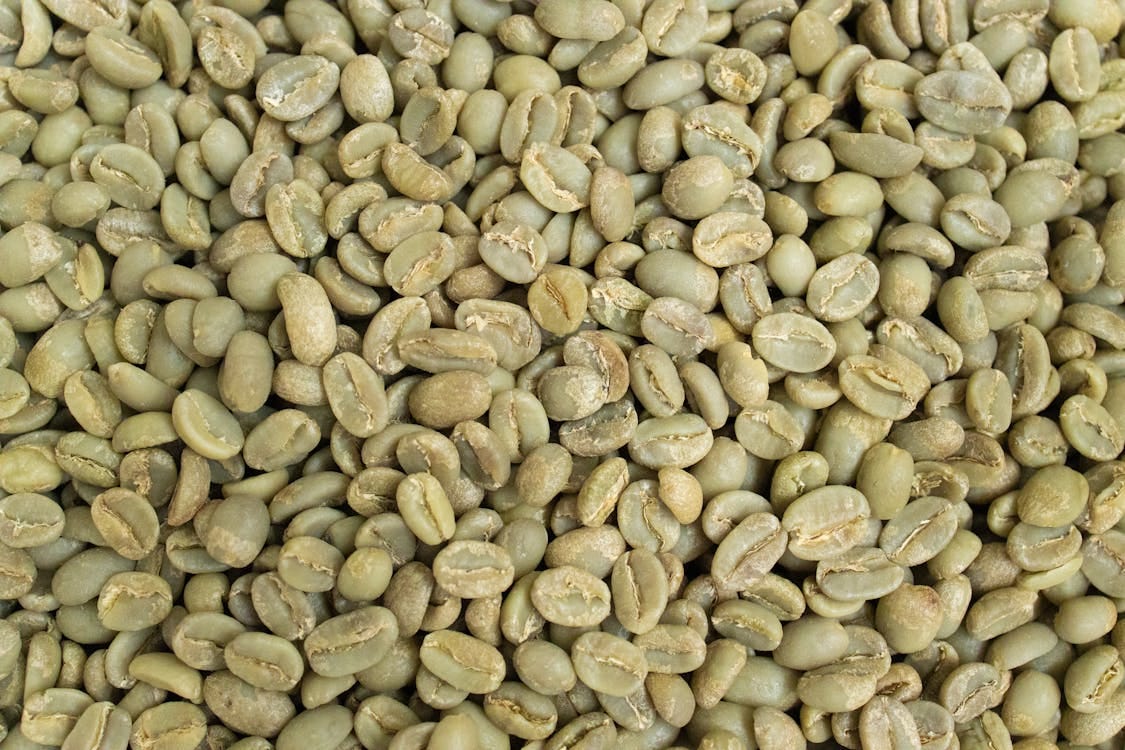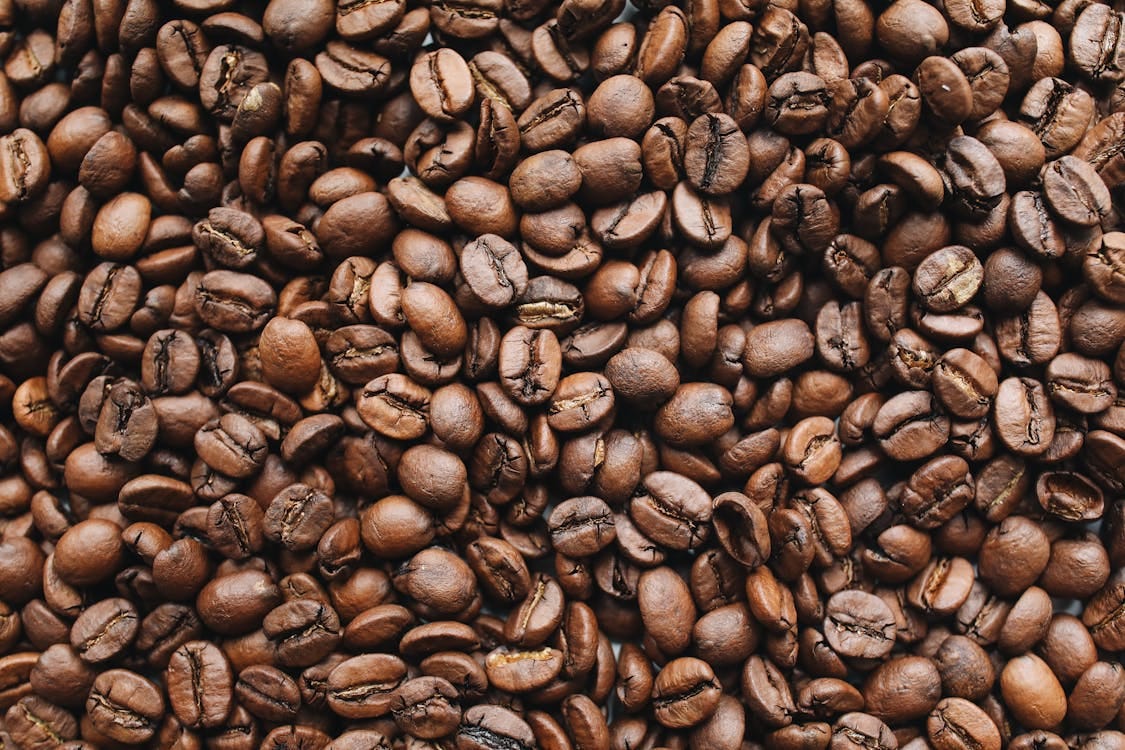Maillard, the Chemical Reaction That Makes Coffee Taste Like Coffee
To make coffee taste like itself, it takes a little bit of alchemy.
People are surprised the first time they smell unroasted coffee beans. Their fragrance is like a mix of dried hay and sawdust: boring and woody, like toothpicks and straw. There is no hint that this is the seed that- once roasted- produces one of the most beloved aromas in the world, the one people dream about, the smell recognizable as coffee.
Tim Hill, a colleague of mine, once tried to pinpoint the moment when coffee flavor develops. While roasting coffee, he pulled a small sample from the roaster every thirty seconds during the roughly 12 minute roast. He then ground them separately, and brewed them each like you would a normal coffee. And the moment was obvious: slightly past halfway in the roast, just before the coffee undergoes the phenomenon called “first crack”, coffee begins to smell like…. coffee.
This is because of the Maillard reaction, first described by chemist and physician Louis Camille Maillard in 1912. The reaction is simply this: when certain amino acids and carbohydrates are heated together, they produce brown compounds that happen to smell amazing. I wrote recently how it is the Maillard reaction that makes French Onion Soup the most delicious broth in the world, and it is also the one that makes coffee the most delicious beverage in the world. But wait- onion soup and coffee don’t taste identical to each other; how can the same chemical reaction be at work? Well, we should really think of Maillard reactions in the plural- multiple carbohydrates can react with various amino acids to create a huge variety of compounds- literally hundreds of different aromatics. But they generally tend to be brown, and they generally smell delicious.
Green coffee’s amino acids include alanine and asparagine, and carbohydrates include sucrose and other sugars. These compounds- and others- break down and start reacting in complex ways, producing what are known as Maillard Reaction Products (MRPs). It’s these MRPs that create most of the aromatics that we enjoy in coffee. MRPs are why coffee can smell like butter or chocolate, like nuts or toast.
Maillard reactions begin to happen most abundantly at temperatures between 280 to 330 degrees Fahrenheit (140 to 165 degrees Celsius). During coffee roasting, that’s a little past halfway through the roast, just before the beans begin to crackle. Flavors continue to evolve right up until the end of the roast, however. (It’s no coincidence that ovens and coffee roasters alike tend to operate in the 350-500 degree Fahrenheit zone- that’s the place that Maillard reactions can really flourish).
In coffee tasting terms, the Maillard Reaction flavors are most evident on the left side of the Coffee Taster’s Flavor Wheel, roughly between 8 and 12 o’clock. You’ll notice that most of these flavors are colored brown- that’s no accident: this is browning-reaction country.
At the top you’ll notice the most compelling of all the Maillard aromas- vanilla and vanillin. Scientists have called the chemical vanillin the world’s most beloved smell, and I have to agree: I use vanilla extract like it’s going out of style, and when I find it in coffee, I get chills, it’s that good. There is a long tradition of adding vanilla flavor to coffee drinks, but when it occurs naturally through the roasting process, it’s especially compelling.
Moving counter-clockwise through the flavors brings us to the brown sugar flavors. Now, the smell of brown sugar can also come from a separate, distinct browning reaction called “caramelization” that does not require amino acids, but Maillard reaction aromas can include the smells of maple syrup, honey, and molasses.
Next up, chocolate. Chocolate is a lovely example of a Maillard flavor, and is of course present in the roasted seeds of the cacao plant. But we can detect chocolate and cocoa flavors elsewhere too- roasted carob, barley, and even toasted marshmallow can smell like chocolate sometimes, as can coffee. 2-Methylfuran is a well known Maillard product that smells like chocolate.
The nuts are next on our tour of the brown part of the flavor wheel: almond, hazelnut, and peanut. This is at least in part related to 2,6 dimethylpyrazine, a MRP with a famously nutty aroma. Roasted nuts themselves have Maillard reaction products, so it’s no accident we detect nutty aromas in coffee.
The “brown” spices clove, cinnamon, nutmeg and anise have a distinct set of aromas that can result from Maillard reactions. One of the MRPs connected with this is guaiacol, an aromatic compound present in coffee that has a spicy, clove-like scent.
Probably the most recognizable Maillard flavors of them all are the ones associated with toasted grains. Malt, a term for toasted germinated barley, and cereals are- along with bread- some of the most classic of the browning reaction flavors. In fact, toasted grains have been used as coffee substitutes for hundreds of years, due solely to the commonality of Maillard reaction flavors between the two. And, though less familiar to people today given the decline of tobacco use, the scent of pipe tobacco flavors exist in coffee too.
But there is one very important Maillard reaction flavor that is omitted from the flavor wheel, and it may be the best one of them all. It is…. (checks notes)…... coffee. Many of the chemicals produced by the Maillard reaction are recognizable as coffee itself.
In short, it is no exaggeration to say that the Maillard reactions are the very core of coffee flavor. Coffee is Maillard and Maillard is coffee. No wonder I love them both so much.







Hi, Peter. After several years away from the online coffee consumer world, I recently jumped back in as I explored the options available with my new xBloom brewer. One of my surprises was the shift to light to very-light roasting among online posters. Even more surprising were the recommendations to "rest" roasted beans for a month or more and continue using them for several more months. This seems bizarre to me, as I've always most enjoyed my coffees medium roasted and consumed within two weeks after roasting (sometimes less).
So, I was wondering whether my preferences are because of the Maillard reactions being better developed in a medium roast and whether my preferences are actually unusual today?